
I did a count back in August, and it seems the downloads counter is growing. During October 2007, Rockbox was downloaded 102127 times from build.rockbox.org, split up on 26 different zip files. This is a 43% increase since my last count! (New since last count is the SanDisk Sansa C200 package)
Here’s the list, with the August results on the right side of the slash (position, count, share of total).
- ipodvideo 20721 (20.3%) / #1 17829 (25.1%)
- sansae200 18788 (18.4%) / #2 9909 (13.9%)
- ipodnano 13228 (13.0%) / #3 9110 (12.8%)
- ipodvideo64mb 12780 (12.5%) / #4 7649 (10.7%)
- h300 3614 (3.5%) / #5 3153 (4.4%)
- gigabeatf 3522 (3.4%) / #6 3113 (4.4%)
- iaudiox5 3340 (3.3%) / #8 2712 (3.8%)
- ipodcolor 3287 (3.2%) / #9 2400 (3.4%)
- ipodmini2g 3083 (3.0%) / #10 2286 (3.2%)
- h120 2924 (2.9%) / #7 2720 (3.8%)
- ipod4gray 2896 (2.8%) / #11 2098 (2.9%)
- sansac200 2841 (2.8%) / NEW!
- ipodmini1g 1647 (1.6%) / #14 1191 (1.7%)
- ipod3g 1624 (1.6%) / #15 984 (1.4%)
- h10 1624 (1.6%) / #13 1322 (1.9%)
- h10_5gb 1524 (1.5%) / #12 1380 (1.9%)
- ipod1g2g 1384 (1.4%) / #17 606 (0.9%)
- player 834 (0.8%) / #18 551 (0.8%)
- recorder 692 (0.7%) / #16 615 (0.9%)
- iaudiom5 422 (0.4%) / #19 341 (0.5%)
- recorder8mb 354 (0.3%) / #21 256 (0.4%)
- h100 345 (0.3%) / #20 299 (0.4%)
- recorderv2 222 (0.2%) / #22 227 (0.3%)
- fmrecorder 222 (0.2%) / #23 207 (0.3%)
- ondiofm 113 (0.1%) / #24 105 (0.1%)
- ondiosp 96 (0.1%) / #25 101 (0.1%)
As you can see, the recorderv2 and ondiosp packages are the only ones downloaded less than before. Sansa e200 has taken a big bite of the share since last, and the newcomer c200 gets almost 3% at once. The h120 build dropped 3 steps.
The top-4 targets are portalplayer based. The top-8 targets have color displays.
The downloads split on main architecture is interesting (the previous count to the right of the slashes):
- portalplayer 85427 downloads (83.6%) / 56764 (79.7%)
- coldfire 10645 downloads (10.4%) / 9225 (12.9%)
- samsung 3522 downloads (3.4%) / 3113 (4.3%)
- sh1 2533 downloads (2.5%) / 2062 (2.8%)
So while all gained downloads by number, the portalplayer targets increased their share…
Another split on properties is to separate the targets on solid state (flash) memory and hard drives:
- HDD 67061 downloads 65.7%
- flash 35066 downloads 34.5%
Like last time, this doesn’t include custom builds, builds from download.rockbox.org nor release builds from www.rockbox.org. Take all this as indications, not absolute facts.

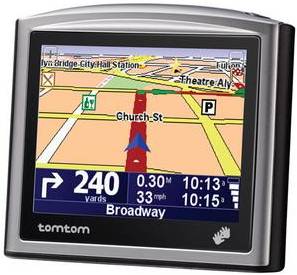 Continued from
Continued from  One of the
One of the 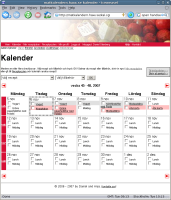


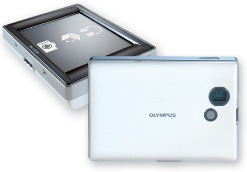 reached a state where adding mrobe 500 builds to the
reached a state where adding mrobe 500 builds to the 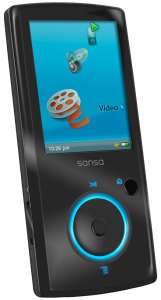 I was just
I was just 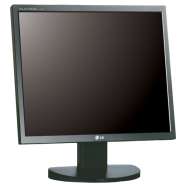 I know this is a dear subject for many people but I feel I just have to spell it out after having read this engadget notice about
I know this is a dear subject for many people but I feel I just have to spell it out after having read this engadget notice about